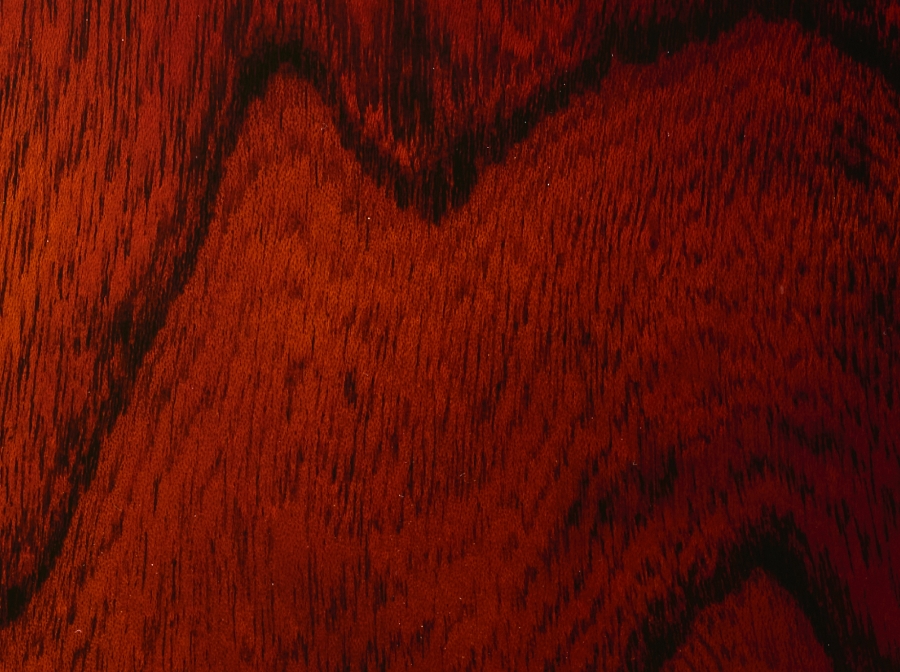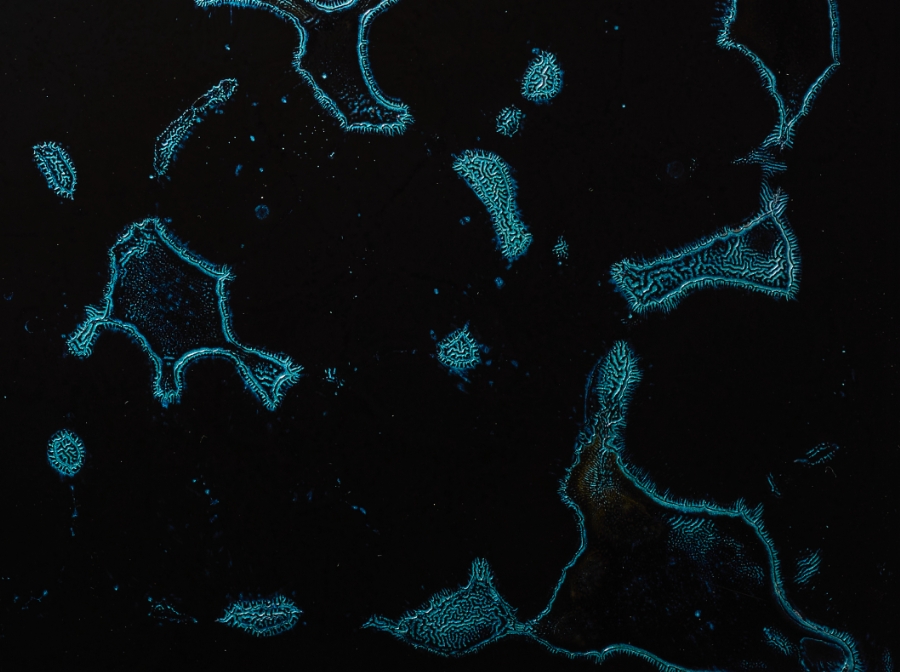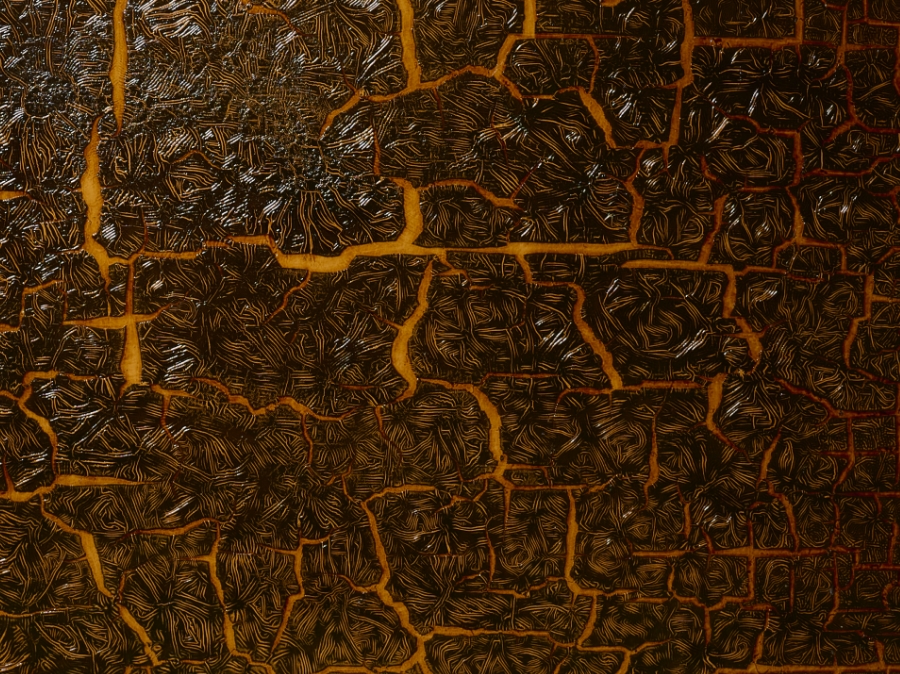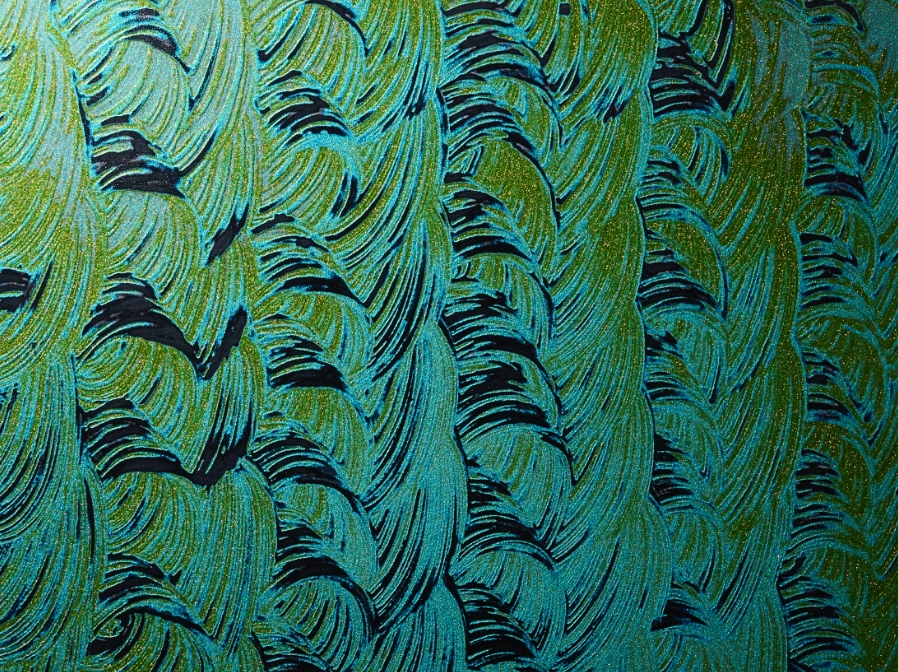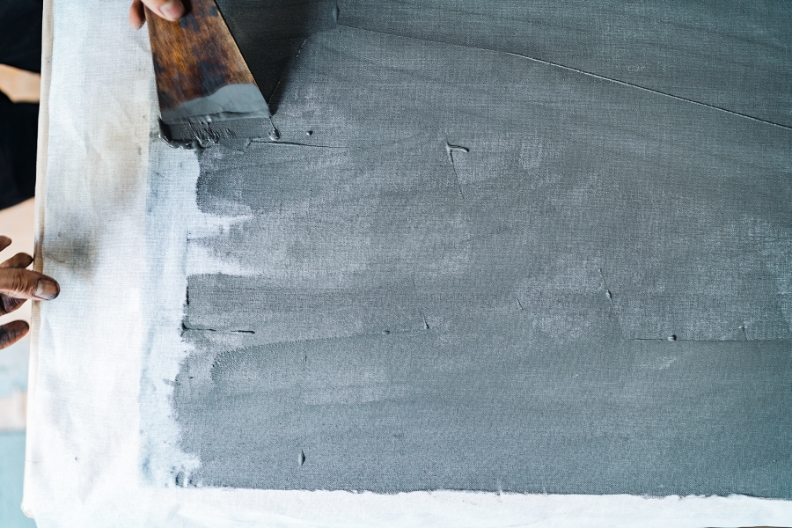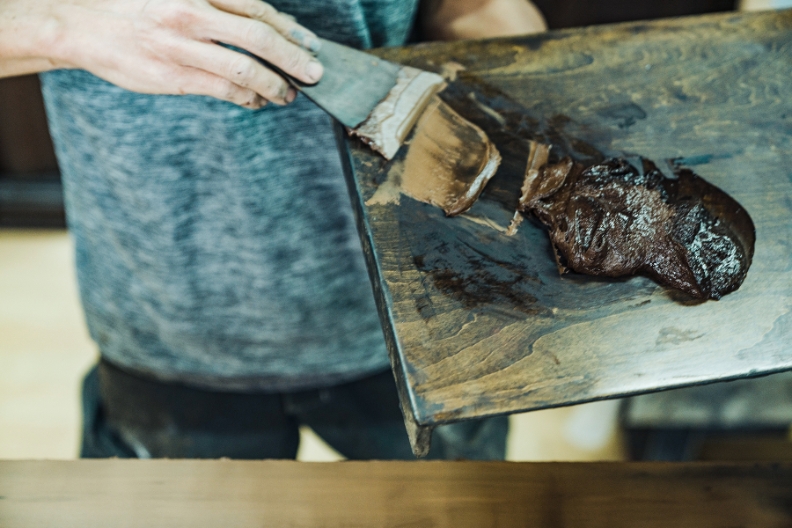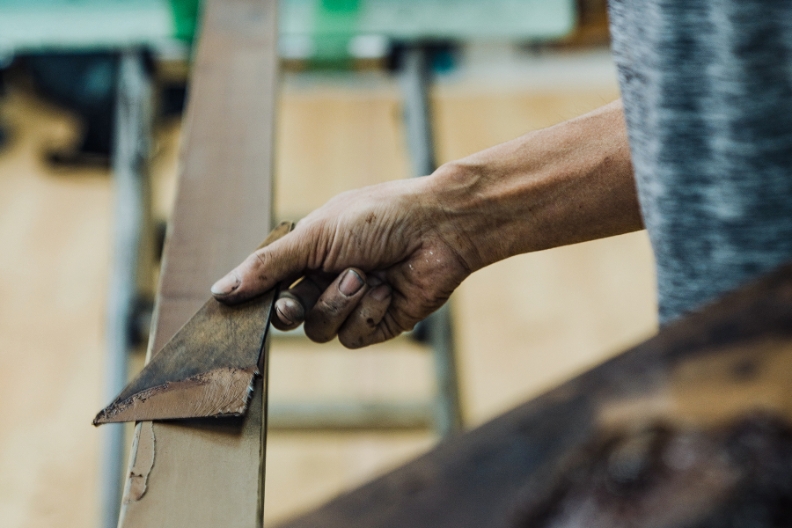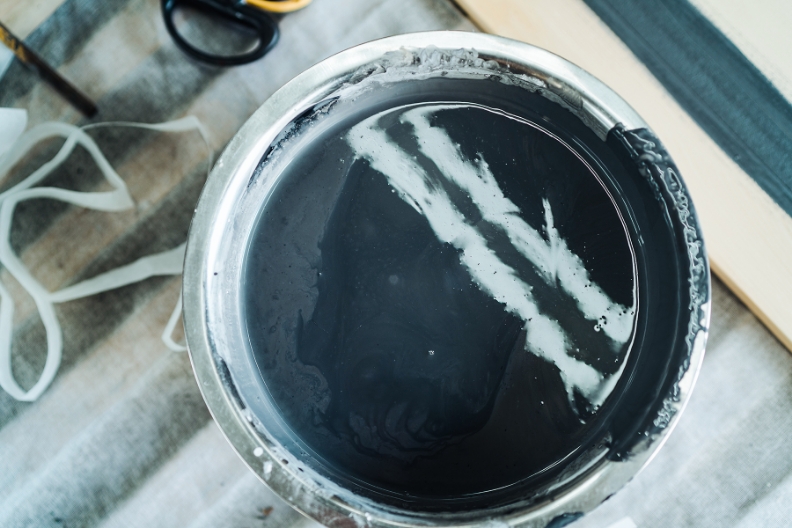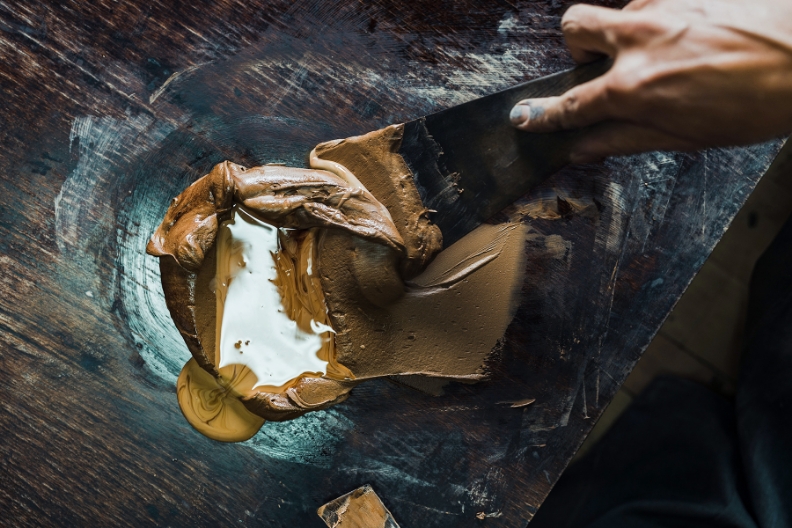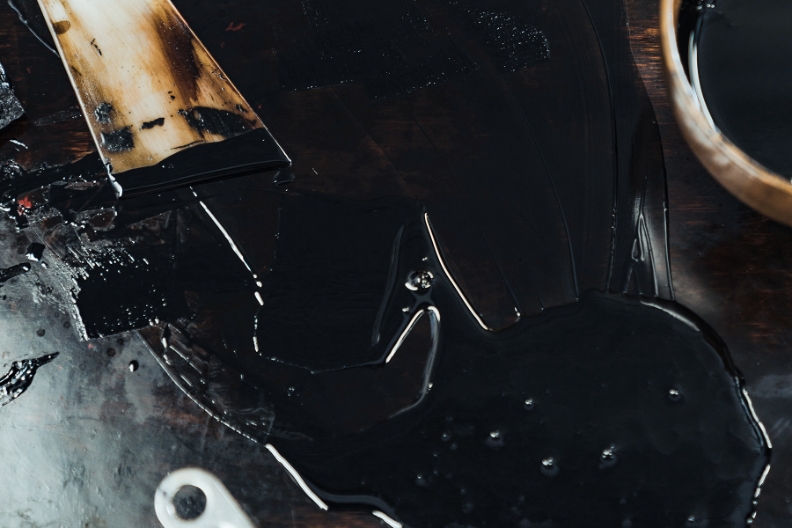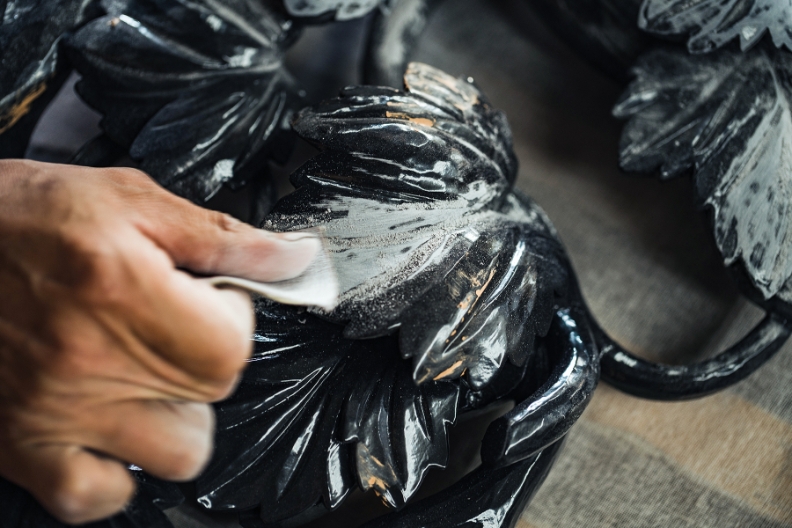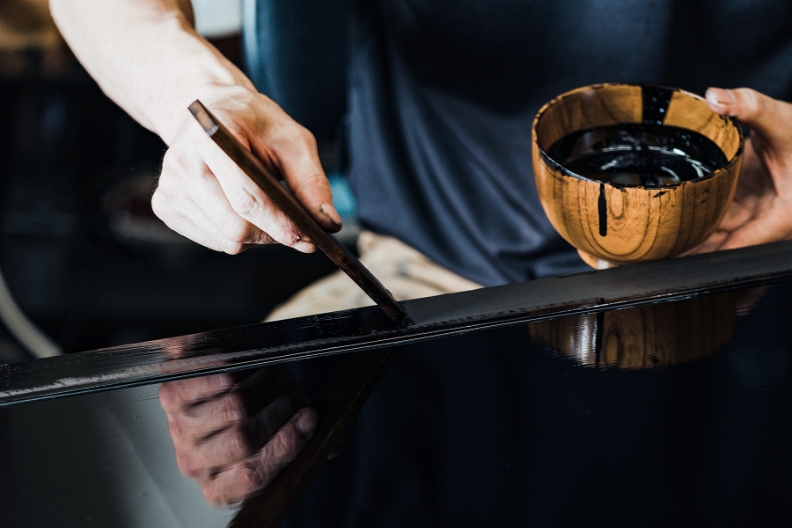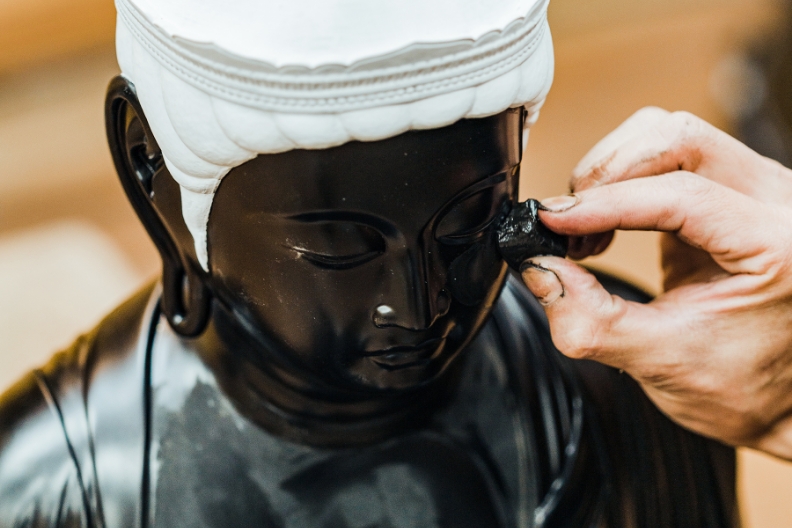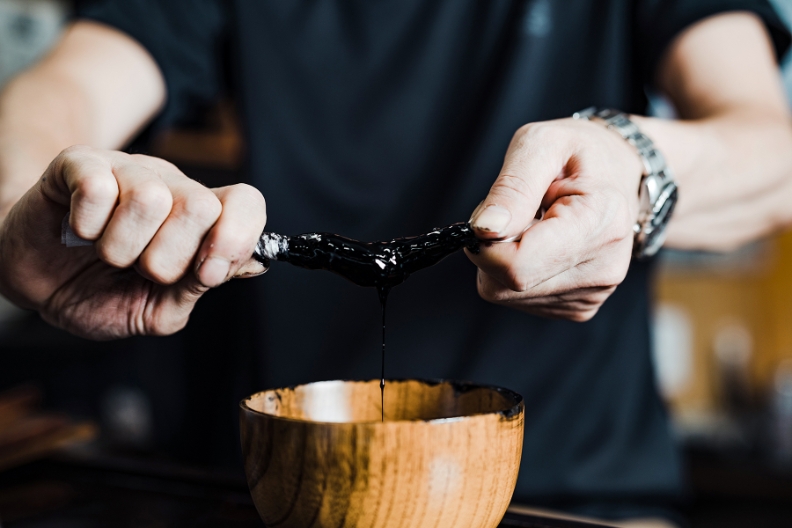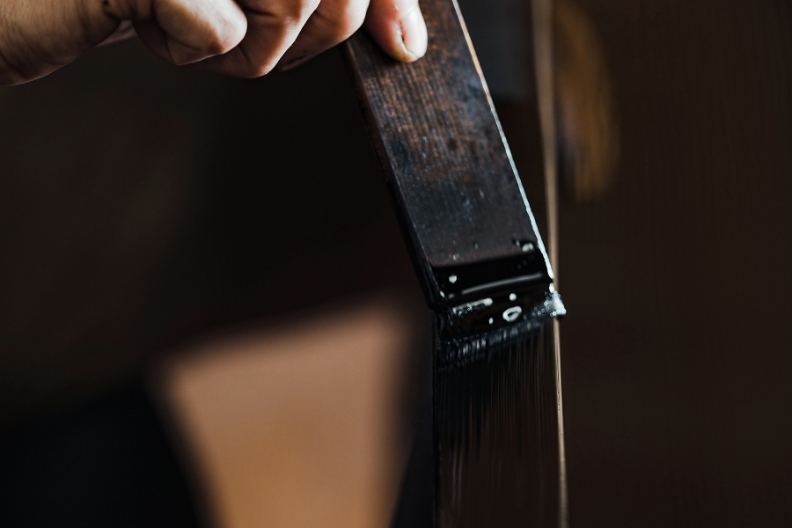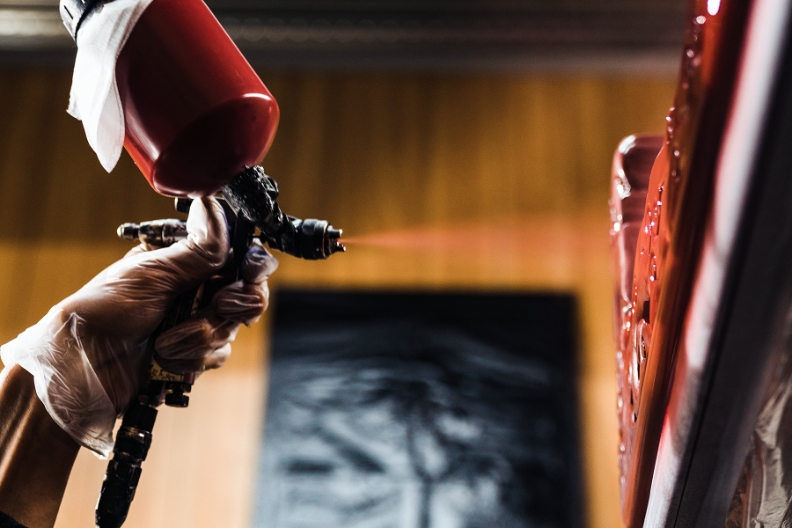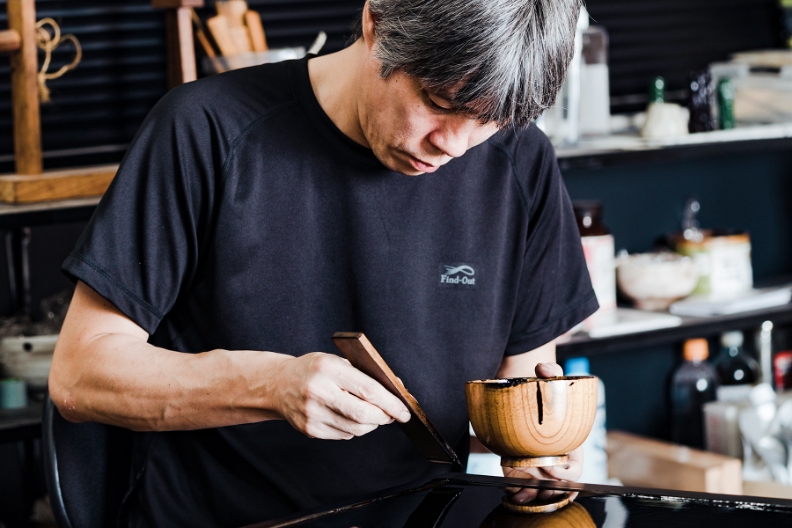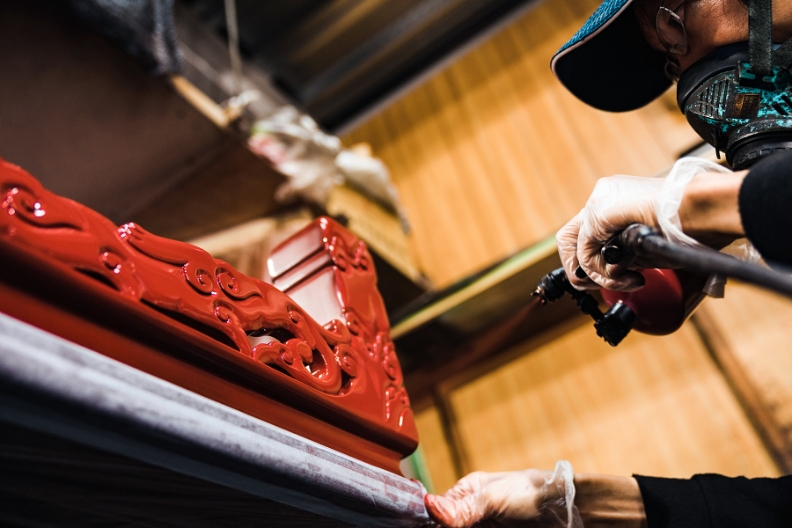CLASSIC
URUSHI


ABOUT URUSHI
日本の伝統文化を象徴する素材と技術、漆。漆の樹から採取される樹液で、天然塗料の中で最も優れた特性を持つと言われています。日本は世界最古の漆が発見された国で、福井県では12600年前、北海道では9000年前の漆が見つかっています。
漆は自生が難しい植物ですが、日本では漆の木をを植栽し、樹液や種に至るまで、木材の性質を理解して、機能素材として古来から暮らしに取り入れてきました。その抗菌性の高さから生活の道具に使われてきたのは勿論、耐水性・防腐力の強さから文化遺産の保存や修復にも取り入れられ、日本人にとって漆は、自然環境と生活の中で大切に育まれてきた特有の文化と言えるでしょう。
うるしは「うるわしい」「うるおす」という言葉が語源と言われます。その深い色調や艶やかな光沢により人々を長らく魅了してきた漆は、まさに自然との調和を重んじる日本文化の象徴的な天然素材と言えます。
Lacquer (in Japanese “urushi”) is a material and technique that symbolizes Japanese culture. Lacquer comes from the sap taken from the lacquer tree and is said to be the most sought-after of natural painting materials with the finest properties. Japan is home to the oldest lacquerware pieces to be discovered with a 12,600 year-old object found in Fukui prefecture, as well as a 9,000 year-old piece found in Hokkaido.
It is difficult for lacquer trees to grow in the wild, so they have been farmed in Japan with their properties being studied even down to the type of sap and seeds. Since ancient times, lacquer has been a functional material incorporated in daily life. Lacquer is used for daily-use tools not just for its high antibacterial properties, but because of its high degree of water resistance and anti-decay, it has been used in the preservation and restoration of cultural properties. One can say, for Japanese, lacquer is a distinctive culture that has been carefully cultivated between life and natural environment.
Japanese word "urushi" comes from the words “uruwashi” and “uruosu”. One can say its attractive deep color tone and glossy shine makes it a natural resource born from the respect Japanese culture has paid to nature.
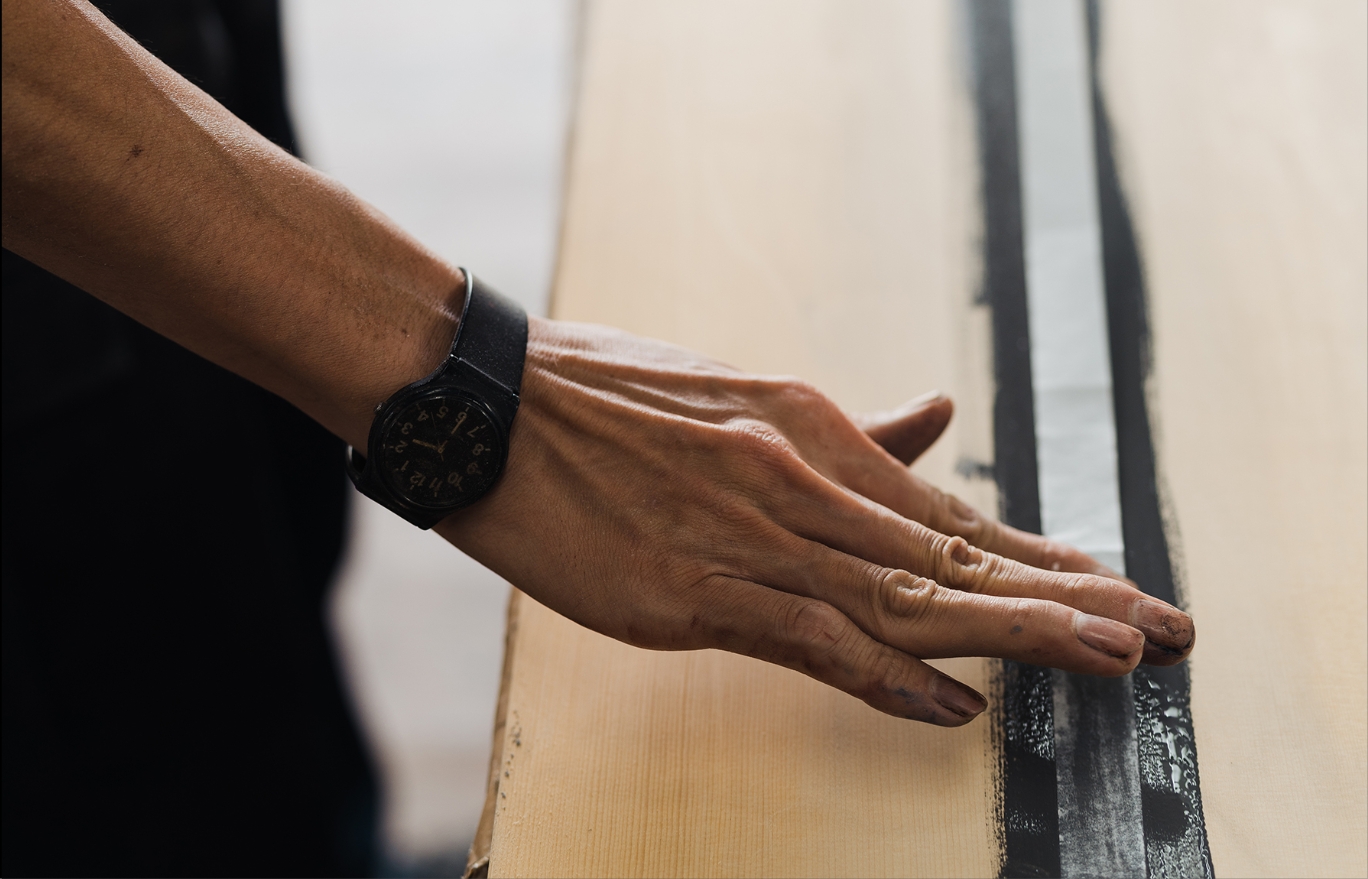
KNOW HOW
漆塗りの工程は、大きく分けて「木地整備・下地」と「塗り・研ぎ」に分かれます。どちらも漆の美しく艶やかな塗面を作り出すのに非常に重要で、常に気の抜けない根気のいる仕事です。Makino Urushi Designでは、伝統的な漆の仕事を尊重しながらも、塗り・研ぎの工程で特殊な技法や素材を取り入れることで、一般的な漆には見られないユニークな質感を作り上げています。
There are two main steps in the lacquering process: Preparing the wood/ground and coating/polishing. Both processes are important in order to create a beautiful glossy shine on the finished product, so it is work that requires a great deal of care. At Makino Urushi Design, while respecting traditional lacquer methods, we incorporate special techniques and materials in our coating and polishing that results in a unique texture not seen in other lacquerware products.
木地整備・下地(紙・布貼→地付)
木地を丈夫にしてこの後に塗る漆の接着を良くし、漆の塗面を長持ちさせるための大切な工程。Makino Urushi Designでは、木だけでなくガラス・金属など多様な素材にも漆を施すことができます。
Preparing the wood/ground (pasting paper/fabric to the base)
By making the ground secure it lets the lacquer adhere better when later applied, and this step is important for a long-lasting lacquer coat. At Makino Urushi Design, we can apply lacquer to not only wood but also glass, metals, and a wide variety of materials.
下塗り・中塗り・研ぎ
この工程は上塗りをする前に、木地の凹凸を埋め塗面を平滑にするために行います。下塗り後にサンドペーパーで研ぎ、中塗り後に炭で研ぐという作業を何度も繰り返します。
Undercoating, Middle coating, Polishing
This step is carried out before the final coat is applied, and by making the evening out the bumps of the wood ground it makes for a smoother application of lacquer. After the undercoating is applied, it is polished by sandpaper. After the middle coating is applied, it is polished by charcoal. This process is repeated many times.
上塗り
最後の仕上げです。Makino Urushi Designでは、刷毛塗りと吹付けの両方の手法を取り入れています。特に吹付けは当工房でしか出来ない非常に高度な技術を要する加工で、何年も漆の配合を研究し実現させました。
Final Coating
This is the final step. At Makino Urushi Design, we use both brush and spray application methods. Spraying can only be done at our studio, so it’s a highly specialized technique, the result of many years of experience and research to achieve the right balance.

